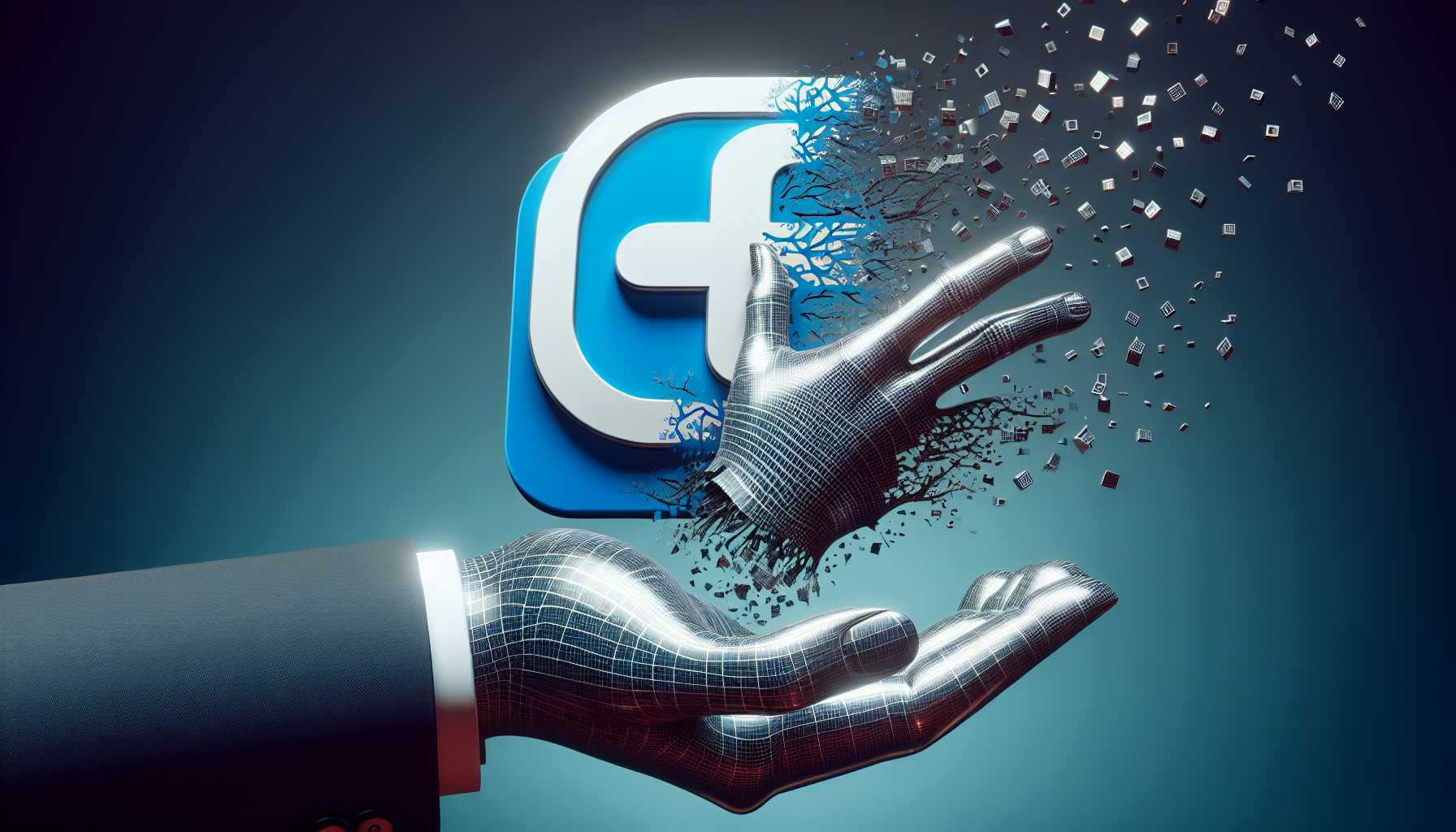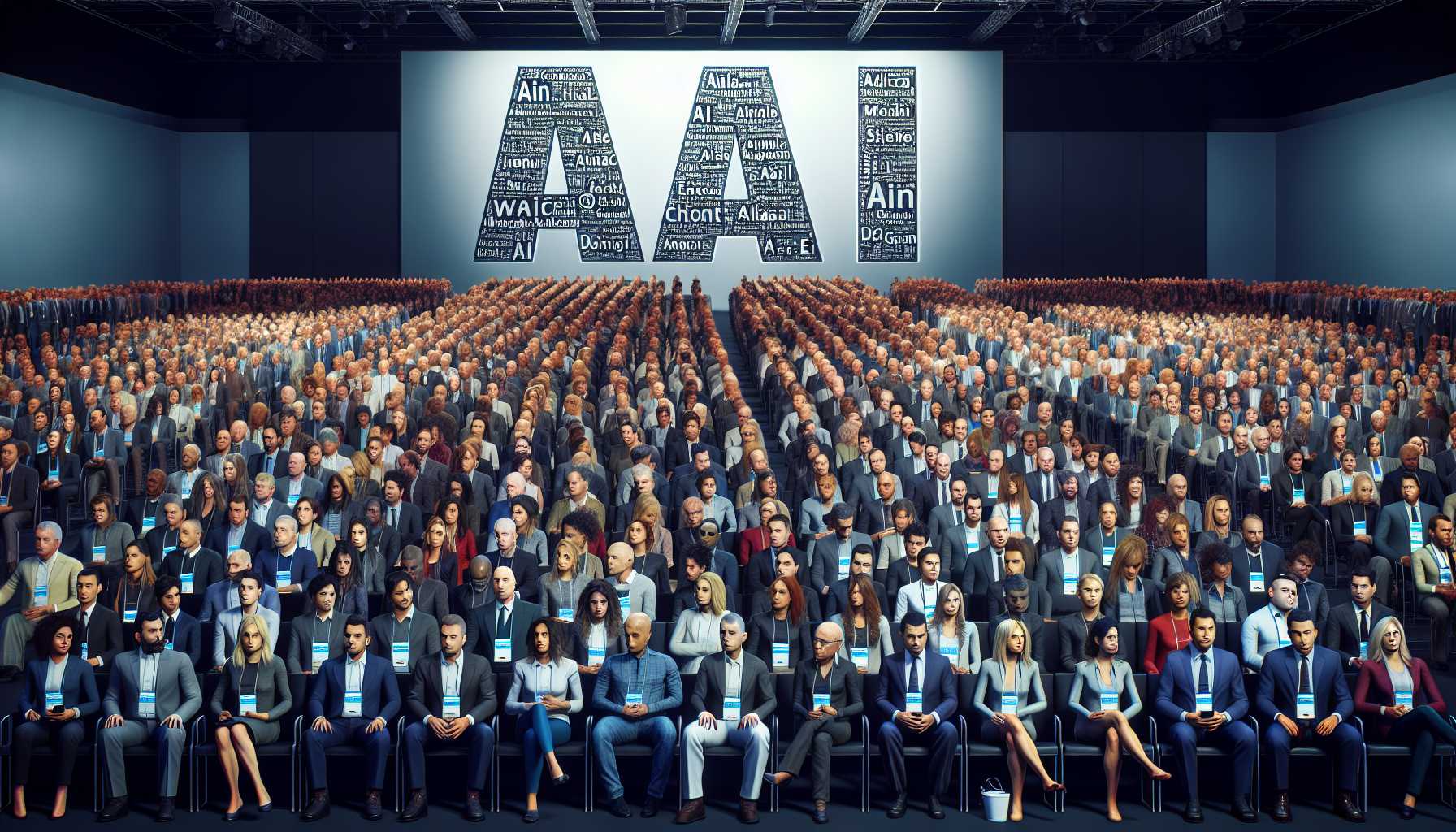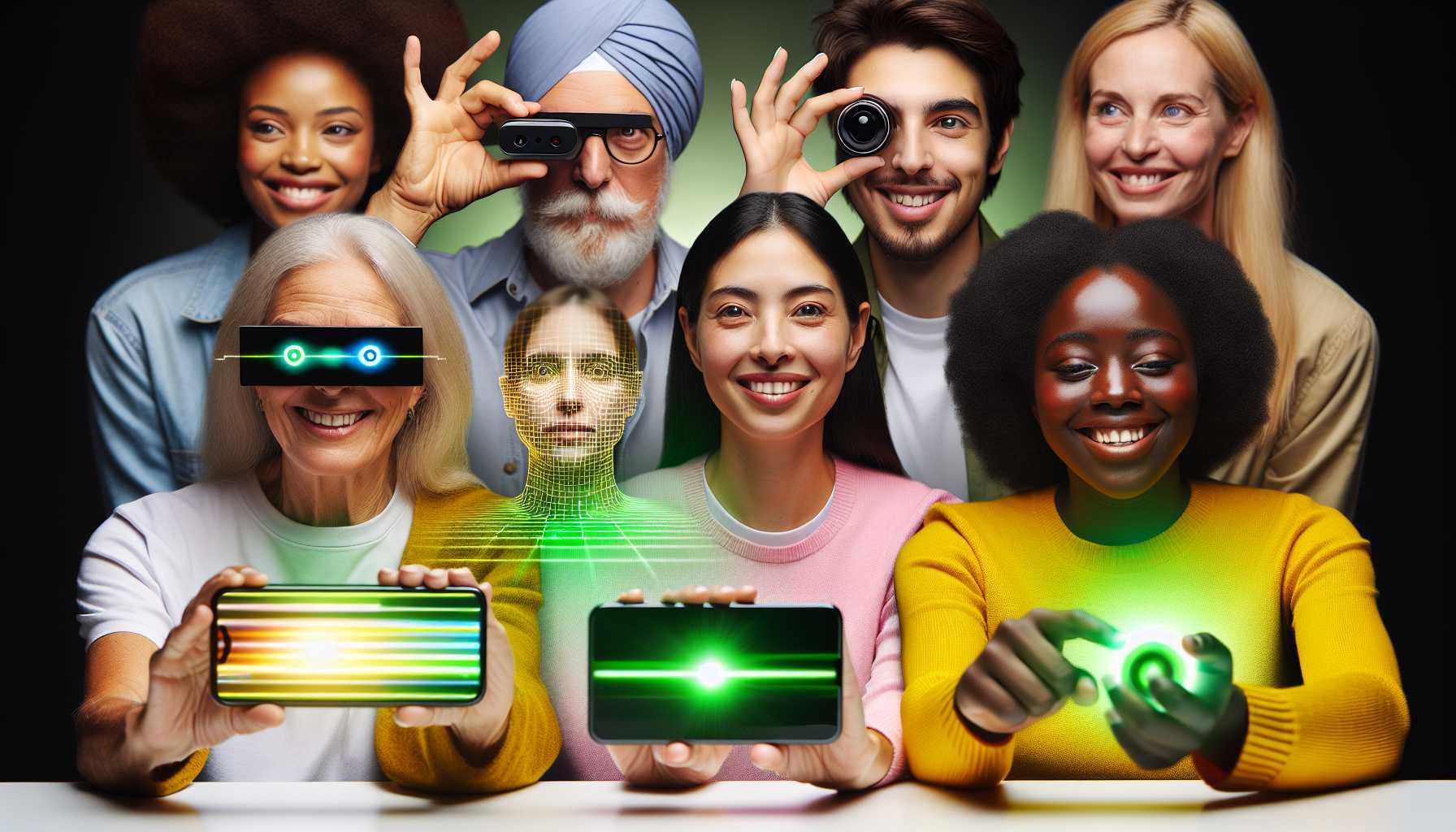OpenAI and Google: A Clash of Titans

Ladies and gentlemen, let’s kick off this wild ride through the tech galactic with the week’s two biggest players: OpenAI and Google. OpenAI’s spring update had everyone buzzing with the reveal of its new model, GPT-4o. This ain’t your grandma’s chatbot—GPT-4o comes armed with voice and vision capabilities that could make Siri and Alexa blush. Picture this: your virtual assistant speaking like Scarlett Johansson while cracking sarcastic jokes! This is not science fiction; it’s real and here. Now, Google, never one to be outdone, had its I/O conference where it unleashed a tsunami of announcements centered around its new flagship model, Gemini. Seamless integrations, AI mentions galore, and an orchestra of software updates—Google made it abundantly clear that its AI aspirations are sky-high. The question is, how much AI can Google cram down our throats before we all hit the “off” switch?
Shifting Sands at AWS and OpenAI

Big news isn’t just about shiny new tech—it’s also about the people behind the curtain. Amazon Web Services (AWS) is undergoing a leadership shift as CEO Adam Selipsky steps down, making way for AWS sales chief Matt Garman. It’s a brave new world for AWS, and with Garman at the helm, we can speculate if a sales-driven approach will steer this giant in new directions. Meanwhile, at OpenAI, co-founder and chief scientist Ilya Sutskever and the leading light of their “superalignment” team, Jan Leike, also made dramatic exits. Replacing them are Jakub Pachocki and John Schulman. The office politics and philosophical differences about the company’s priorities must make you wonder if the inmates are running the asylum. Leike publicly acknowledged his fundamental disagreements with OpenAI’s direction, especially when it comes to prioritizing safety measures over quick product rollouts.
Meta’s Retreat from Enterprise Communications

Meta, the artist formerly known as Facebook, made headlines by axing its enterprise communications business, Workplace. Why did Meta pull the plug on this nine-year-old endeavor? Was it ever serious about penetrating the enterprise market or was this always just a glorified beta test? This revelation casts long shadows over Meta’s enterprise ambitions and leaves us questioning the commitment behind their corporate ventures. Ron Miller’s analysis is a must-read as he dives into whether Meta gave Workplace a fair shot or if it was half-hearted from the start. If Meta was truly invested, did they simply lack the gumption to compete with giants like Microsoft and Slack that dominate enterprise communication? Only time will tell if Meta’s decision to end Workplace is a mere speed bump or a sign of deeper strategic shifts.
The AI Overload: How Much is Too Much?

It appears there’s no such thing as too much AI for Google. During their I/O keynote, “AI” was mentioned more times than you can count on your fingers and toes. The constant buzz around AI integrations, advancements, and improvements felt a bit like drinking from a firehose. But is this overwhelming AI dominance in tech narratives sustainable? While AI marvels deliver unprecedented capabilities, it raises questions about balance, ethical considerations, and plain old human fatigue.
Sony Music Declares War on Unauthorized AI Training

In a move straight out of a legal thriller, Sony Music Group sent ominous letters to over 700 tech companies and music streaming services warning them against using its music for training AI without permission. Sony’s preemptive strike suggests they have reason to believe their content has already been misused. This battle marks yet another frontier in the war to protect intellectual property in the AI era. How this shakes out will set precedents for how content should and can be used to train ever-hungry AI algorithms.
The Rise of AI-Security and Wind Power’s Feathered Dilemma

OpenAI’s internal battles over its safety culture aren’t the only areas where AI is sparking debate. Spoor, an innovative startup, is leveraging AI to help wind farms mitigate their devastating impact on bird populations. It’s a gentler side of AI, reflecting its potential to solve not just human problems but save mother nature from unintended consequences of our technological advancements.
Microsoft’s Cobalt 100 Chips: Enter the Custom Chip Arena

Microsoft is preparing to shake the hardware world with its custom Cobalt 100 chips. Set to be revealed at their Build conference next week, these chips herald a new era of in-house technological prowess. Not waiting for third-party suppliers, Microsoft is diving deep into custom silicon, showing how vital hardware-software synergy is becoming in the AI race.
Apple’s Accessibility Push: Beyond the Typical

Apple continues to push boundaries with its expansion of accessibility features. We’re talking about controlling your iPad or iPhone with eye-tracking, creating custom voice shortcuts, and even experiencing music through a haptic engine. It’s an accessibility bonanza, showing Apple’s commitment to making technology more inclusive than ever before.
ThreadsDeck: Instagram’s Answer to TweetDeck?

Instagram is testing pinned columns on the web version of Threads, offering a potential alternative to TweetDeck, which became a paywalled service under X’s (formerly Twitter) new regime. While experimenting, it’s looking like Instagram’s attempt to market dominance by swooping in to capture Twitter deserters yearning for the good ol’ days of free TweetDeck. Stay tuned to see if ThreadsDeck catches on or falls flat.
The Aftermath of OpenAI’s Leadership Exodus

The shocking resignations of Jan Leike and Ilya Sutskever left a vacuum at OpenAI. Their departure has opened the Pandora’s Box of concerns around OpenAI’s commitment to safety. Is the company pivoting towards more product-centric goals at the expense of addressing long-term risks and security? With John Schulman stepping in, the dispersed structure now potentially dilutes the focus on safety. Can OpenAI balance their blazing innovation with the essential grounding of robust safety measures? That remains to be seen, and investors, employees, and end-users alike are holding their breath. Now comes the philosophical and operational challenge: with the merging of superalignment efforts into various research divisions, will the collective brainpower reinforce tech safety or simply blur into the buzz of numerous smaller projects?
Final Thoughts: The Road Ahead

As a tech investor with a penchant for seeing how the sausage gets made, I can’t help but feel both thrilled and anxious. The advancements we’re witnessing are nothing short of revolutionary, and they set the stage for an exciting—if somewhat unnerving—future. OpenAI’s steadfast march towards smarter-than-human AI, bolstered with transformational products, makes for a compelling narrative. However, it’s crucial that the leaders in AI do not lose sight of the ethical compass. In the grand dance of technology, equilibrium between innovation and safety isn’t just a goal—it’s a necessity. Here’s hoping that the giants of this industry keep that in mind as they forge ahead into uncharted territories.
